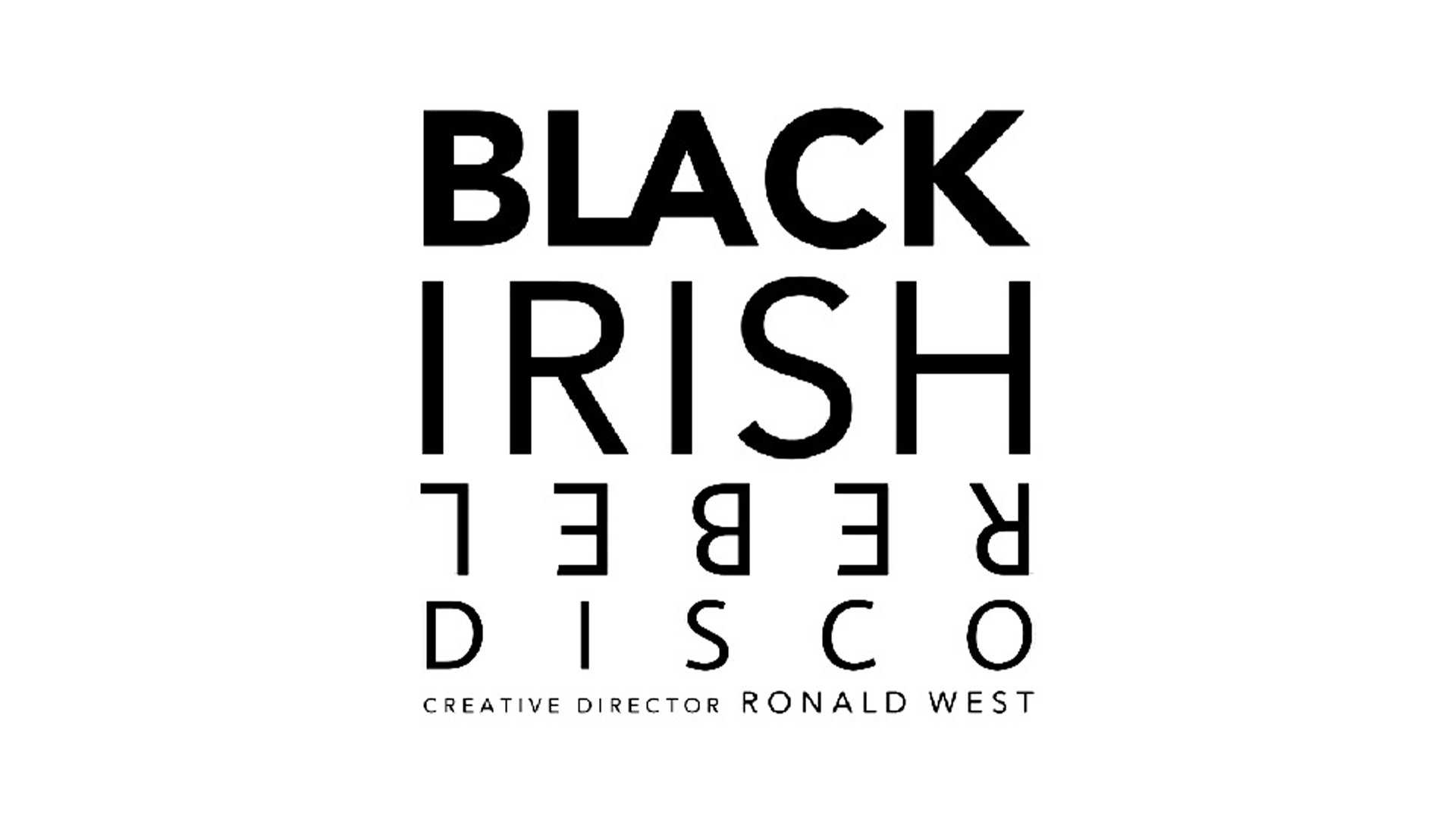
INDYweek: Gaspard&Dancers Stir Up Basquiat, the Garden of Eden, and Hip-Hop in a Memorable Fall Showcase
Source: INDYweek: Gaspard&Dancers Stir Up Basquiat, the Garden of Eden, and Hip-Hop in a Memorable Fall Showcase | Black Irish’s SoundBites at the Reynolds Industries Theater
By Byron Woods
October, 12 2016 – Durham, NC – ★★★★
It’s fitting that choreographer Gaspard Louis struggles with the issue of representation in Portrait (★★★), his homage to neo-expressionist painter Jean-Michel Basquiat, which premiered during his company’s annual concert at Reynolds Industries Theater.
Basquiat himself grappled with varying representations of black lives and heritage, including his own, throughout a career cut tragically short at age twenty-seven. The rawness, vibrancy, and violence of Basquiat’s unquiet, layered images challenged racial constructs depicted in motion pictures, classical, jazz, modern music, and contemporary culture. His deliberately coarse, chaotic, and distorted human forms and faces captured souls in conflict with themselves and society, as Basquiat dismissed the smooth coherence of conventional portraiture in an unblinking interrogation of primitivism in modern art.
All of that would be a tall order to represent in any art form, and we might expect dance’s long obsession with idealized physicality to be particularly resistant to such an undertaking. But when Louis’s long-limbed dancers pierce the murky depths of Tiffany Schrepferman’s lighting, amid the primal pulse and ominous low drones of Andy Hasenpflug’s soundscape, the restlessness and intensity of Basquiat’s explorations are rendered literally multidirectional.
That dynamic changes, however, as the choreographer’s love of legato gestures and luxurious sweeps slowly overpowers his subject’s true starkness. Still, some moments punctuate the clean transitions and careful aesthetics; angled hands above the dancers’ heads resemble malformed beaks at one point, before a trio where two men support the third between them suggests either a drunken rescue or a darker and more permanent yoke among them.
Coercions are momentarily intimated in a few duets. The recorded rhythms of rain and hail on a tin roof, passing automobiles, and subway cars suggest the disarray of urban life against Hasenpflug’s driving electronica.
But Louis’s work finally conveys the lightness and exuberance of dance maker Doug Varone’s middle period. Ordinarily that is fairly high praise, and it is offered here sincerely; Portrait is an engaging fourteen-minute piece. But as an attempted view of Basquiat, Louis’s choreography and Steven Silverleaf’s stage-length tapestries have mostly smoothed and softened their subject’s fundamental angst and social criticism beyond the point of recognition.
Far more moving and successful was Forbidden (★★★★), Louis’s new duet with Justin Tornow. Its striking opening pose and a sound like temple bells first evokes the Nataraja, a sacred Hindu sculpture depicting Shiva as the lord of dance. But Tornow’s languid opening gestures atop Louis’s shoulders soon depict a more familiar tale, to Western eyes, of forbidden fruit, plucked, eaten, and then shared.
As the woman sinuously descends the man’s torso and both descend to the earth, accompanied by the pensive music of Arvo Pärt, Louis and Tornow effectively explore an aching intimacy, as well as what appears to be the first separation of two souls. Their characters huddle against each other for comfort and then reticently separate, their moments of schism emphasized by hands, arms, and torsos stretched at full extension. Here Louis reminds us that estrangement in this myth comes not only between creator and the created, but also between the human couple at its center.
A poignancy accompanies the pair’s negotiations of the space and the newfound burden between them. Each literally lifts the other in different moments—although Louis’s awkward aerial leg position interrupted the grace of one such phrase. When the struggle flattens Louis’s character, Tornow gently lifts his head after a graceful spiral sequence that momentarily alludes to crucifixion. Repeatedly, we witness tenderness between the two, amid unaccustomed, newfound toils.
The question comes early in the premiere of choreographer Ronald West’s SOUNDbites (★★★★). At first the audience snickers as six dancers simply stand still, chowing down on family-size bags of chips at mid-stage at the start of the work. Then comes Beyoncé’s half-whispered query from Lemonade, “What are you doing, my love?” After a moment’s pause in West’s audio mix, the question loops, its insistence increasing with each iteration.
In this guest performance by Black Irish Contemporary Hip Hop dance troupe, West ultimately directs the question at society in a sequence that segues between fatigued self-coercion, martial, near-mechanical social interactions, and self-attack over propulsive percussion.
Hints of manipulation are fleeting and mutual in a duet between Steven James Rodriguez Velez and Sarah Putterman. The sequence would have benefited from editing before a first gesture of duress, when Velez’s arm curls around her throat. But in Natalie Morton’s subsequent duets with Victoria Moore, Amanda Porterfield Randall, and West, each partner’s interventions grow gradually more pronounced until the final sequence, in which West and Randall’s gestures echo wrestling moves. Ultimately, West’s character limits Randall’s range of motion to a tightly scripted loop until Velez shoves her aside.
Hip-hop is an assertive dance form, but in Black Irish’s strong introduction, West interrogates the velocity of modern relationships and an aggression that isn’t always sublimated. We want to see more.
